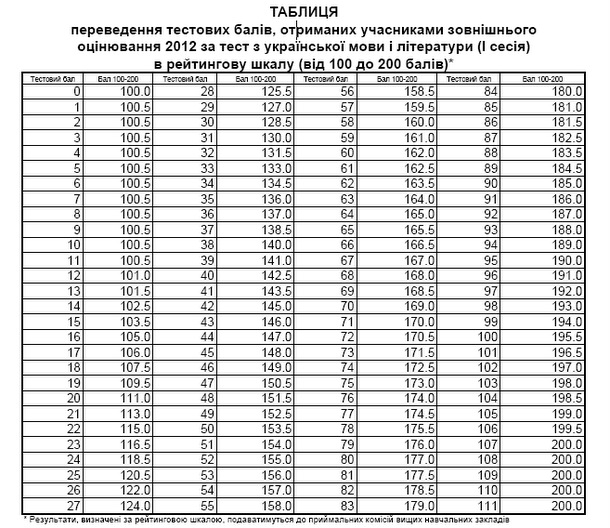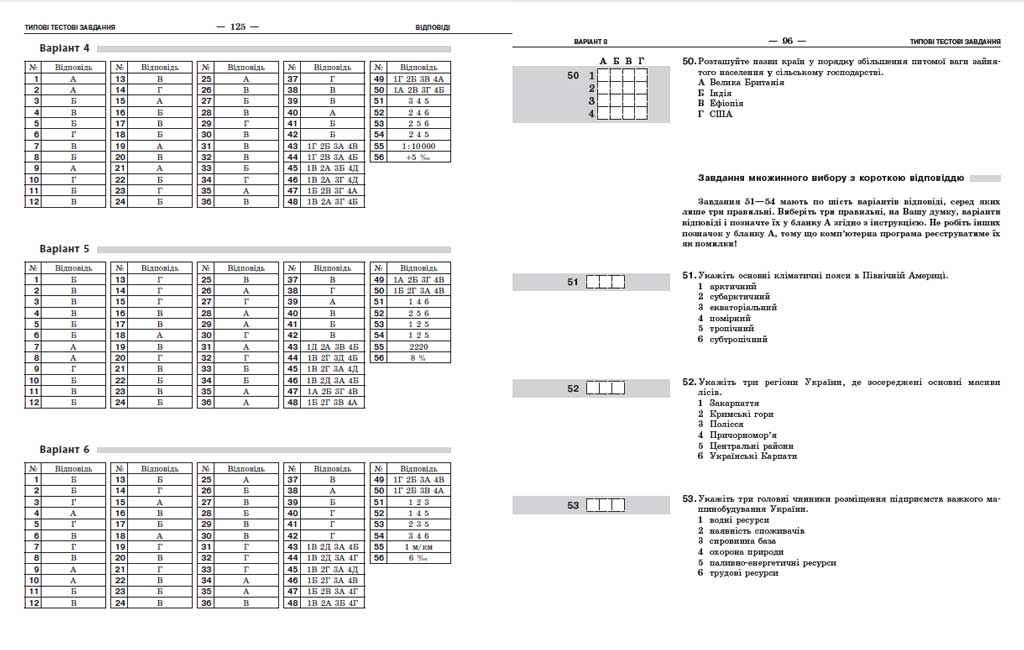Probne Zno 2013 Angljsjka Mova Zavdannya Vdpovd

Figure 3 ZnO nanowire array length dependence on the growth time. Minecraft shaders texture pack download 164. Inset is a cross-sectional FESEM image of a nanowire array with a length of 31 μm.
Brand advair diskus women buy no prescription eskazole albenza [url='prescription eskazole albenza[/url] no prescription eskazole albenza buy accutane overnight generic cheap [url='accutane overnight generic cheap[/url] buy accutane overnight generic cheap flexpen purchase astelin [url='purchase astelin[/url] flexpen purchase astelin order prescription cheap azulfidine [url='prescription cheap azulfidine[/url] order prescription.
The widely applied metal-catalyzed growth mechanism of ZnO nanowires (NWs) is investigated by advanced methods of transmission electron microscopy and is discussed with respect to thermodynamic growth conditions. Au catalyst particles do not contain a substantial amount of Zn proving a solid Au catalyst at 1173 K growth temperature. This result is owed to the high equilibrium Zn partial pressure over Au–Zn alloys which in turn leads to a very low sticking coefficient of Zn from vapor and prevents alloying. Growth rates of ZnO NWs were measured between 5.5 nm s –1 and 36 nm s –1 as a function of oxygen partial pressure.
The enhanced growth rate at higher oxygen partial pressures is explained by an increased sticking coefficient of Zn atoms at the Au catalyst. A growth mechanism is proposed which is quite different from the classic vapor–liquid–solid (VLS) mechanism: Zn alloys only in a thin surface layer at the catalyst and diffuses to the vapor–catalyst–NW triple phase line. There, together with oxygen, ZnO ledges nucleate which grow laterally to inner regions of the ZnO–Au heterointerface where Zn and oxygen can diffuse and finally promote NW growth in a rather kinetically controlled process. The geometry of the ZnO–Au interface — planar or stepped — and the associated diffusional transport properties are shown to be determined by the orientation relationship between Au and ZnO and hence by the atomic structure of the interface. Schematic of the thermal CVD growth system. SEM images of ZnO nanowires grown for different times. TEM image, electron diffraction pattern, selected area electron diffraction (SAED) pattern, microdiffraction pattern.

Au-Zn phase diagram. Activity of Zn in the liquid Au-Zn phase. Atomic configurations of Au crystals on a (0001) face of ZnO, unrelaxed models. Examples of planar interfaces generated by general orientations between Au catalyst and ZnO NW. This material is available free of charge via the Internet at. Abstract: We review two strategies for growing ZnO nanowires from zinc salts in aqueous and organic solvents. Wire arrays with diameters in the nanoscale regime can be grown in an aqueous solution of zinc nitrate and hexamethylenetetramine.